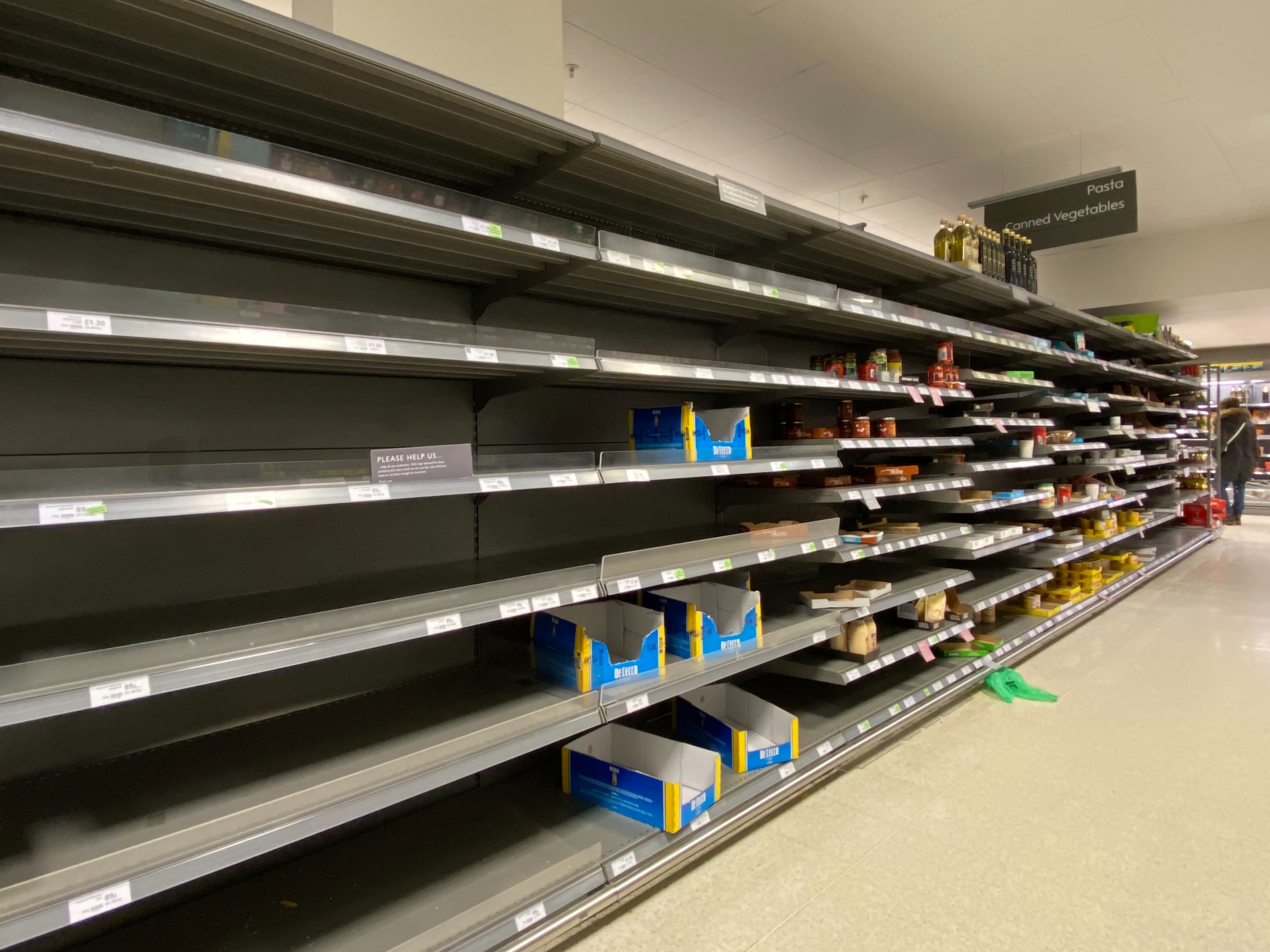Last spring, shoppers rejoiced when retailers dropped prices because they had too much stock in their warehouses.
Running out of products or over-purchasing can have disastrous consequences for small businesses. If you want to avoid inventory errors, you need to pay attention to the details and stock.
Read below to discover the best tips for stopping out-of-stock situations in their tracks!
-
Get Rid of Boxes

One of the best tips for preventing an out-of-stock situation is to get rid of boxes.
When your deliveries arrive, assign a team member to open boxes and organize the products. Getting rid of the large boxes will help give everyone a better visual of when items need to be ordered again. It’ll be easier to see how much you have left and prevent stockout issues.
Not only will reducing boxes help with stock management, but it can also improve safety conditions.
-
Track Your Inventory
Inventory management can save small businesses thousands of dollars.
Looking at a stock movement report can help you identify which items are going missing or selling out. Inventory software can develop reports and monitor sales so that you always have an accurate inventory count.
You must track your inventory to get ahead of out-of-stock situations so that you don’t miss out on chances to make a sale.
-
Run Inventory Audits
No matter how well your team documents inventory movement, you should conduct an internal audit at least twice a year.
Internal inventory audits don’t involve other parties, such as the IRS or inspection agency. These audits will be a chance for you to gather data and identify if you are going in the right trend.
If you haven’t done inventory audits before, you should start by selecting a few employees you trust. You can train your team to conduct the audits by counting and recording each item. These numbers must pair directly with the barcode or item numbers so that you don’t miss a penny.
-
Set Pars

Pars aren’t always perfect, but they are a good measure when it comes to ordering inventory.
By reviewing your previous years and seasons, you can determine the average number of items you needed to order. For example, in the summertime, restaurants order more fish and fresh items, while in the winter, they order fewer of the same items. Your sales numbers will influence how much you should order, but don’t forget about other factors.
This method is great if you have multiple people handling inventory tasks and don’t want confusion.
Stop Out-Of-Stock Situations
There’s nothing worse than having a line of customers and nothing to sell.
The only way you can prevent out-of-stock situations is by monitoring what goes in and out of your building. You can better record this data with inventory software and by opening products so that nothing goes unseen. Don’t wait to resolve these issues, they are likely eating up your budget.
If you want to learn more about how to prevent an inventory shortage and manage stock, read our blog for the latest tech content!
